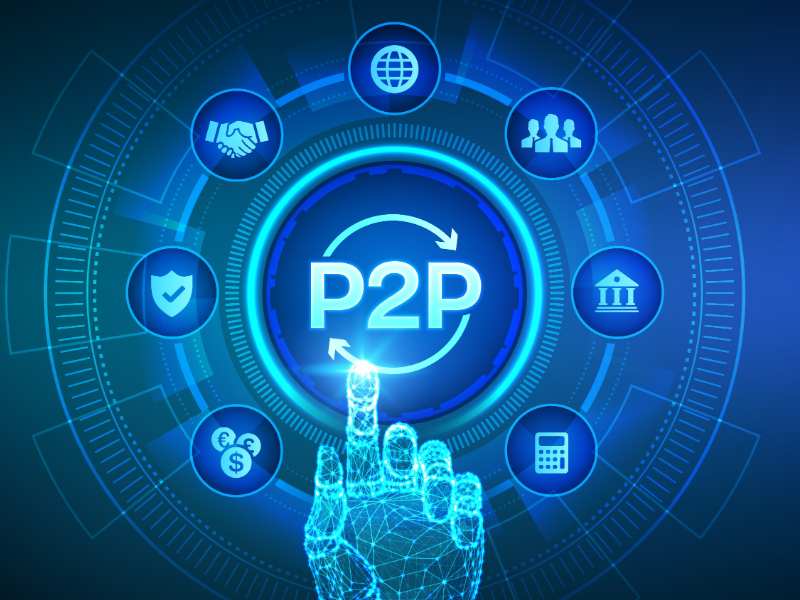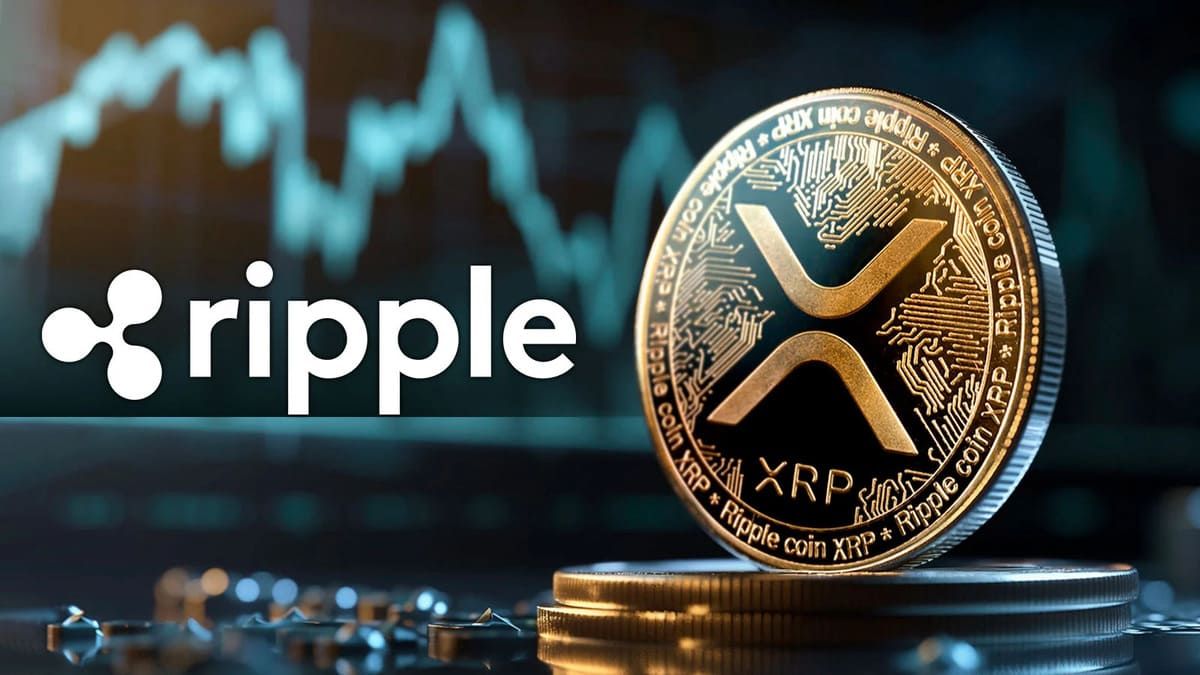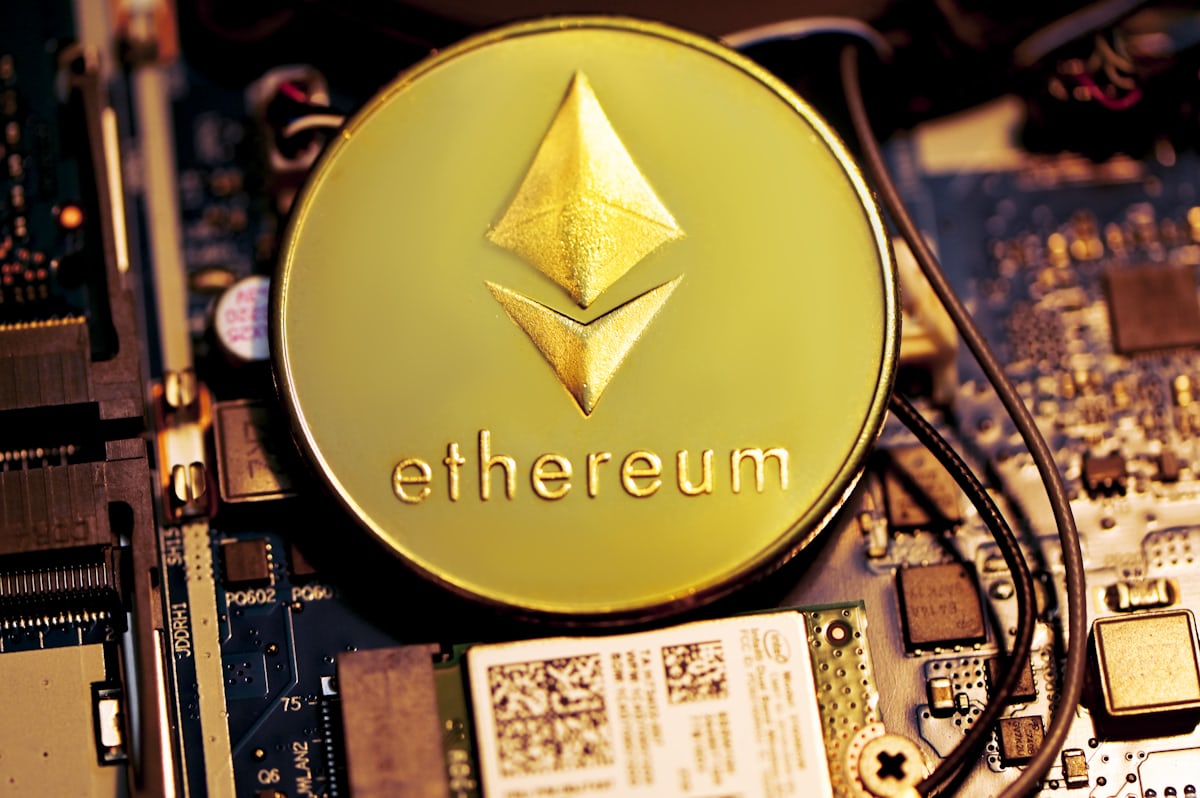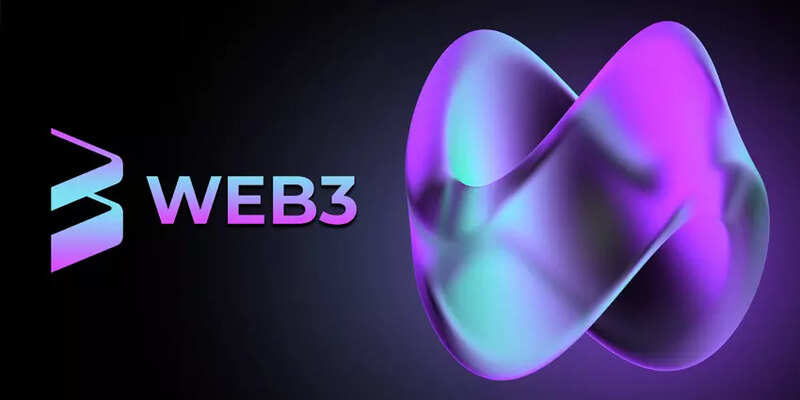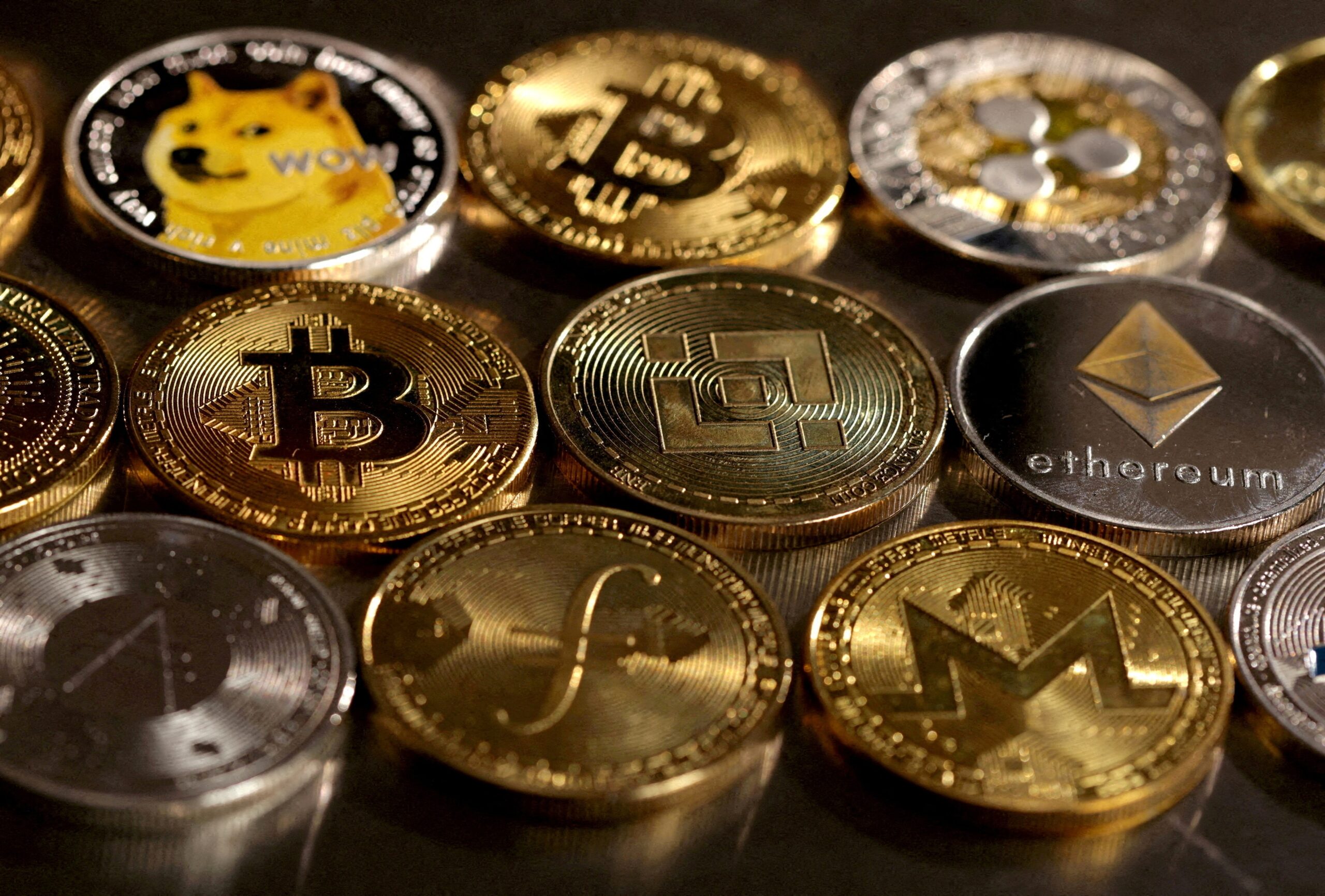As the internet continues to evolve, one question keeps popping up: Web2 vs Web3, what is the real difference, how does it shape the future of the internet, and what does it mean for you?
Will Web3 replace Web2, or will they coexist? You are just about to find out.
For those who are new to the crypto space, it is expedient to understand the differences between these two terms. Not just for tech enthusiasts, but for everyday users, job seekers, business owners, and anyone navigating the digital world.
What is Web2?
Web 2.0, often referred to simply as Web2, is the second generation of the internet, characterized by increased use of interactive and social features as well as the ability for users to create and share content online. It is the version of the internet we are most familiar with today.
Think of Web2 as:
- The world of social media platforms like Facebook, Twitter, and Instagram
- Streaming services like Netflix and YouTube
- Online marketplaces like Amazon and eBay
- Collaborative tools like Google Docs and Slack
In simple terms, Web2 is everything you do online outside the crypto and blockchain space. It powers the way we work, build businesses, invest, and communicate. From remote jobs to e-commerce to online communities. This is the realm of Web2.
What is Web3?
Web3, or Web 3.0 is simply your world in the crypto space. It is the next evolution of the internet, one that incorporates decentralization, blockchain technology, and user ownership.
You could call it a more advanced, intelligent, and secure version of the web driven by crypto innovation.
While Web2 relies on centralized platforms and service providers, Web3 empowers users by giving them control over their data, digital assets, and identities.
If Web2 is the traditional internet, Web3 is your experience within the crypto space. From decentralized finance (DeFi) and NFTs to metaverse platforms and blockchain-based games.
Key Differences Between Web2 and Web3
Ownership
In Web2, ownership is centralized. Tech giants like Google, Meta, and Amazon own the platforms and control the data. In contrast, Web3 is decentralized. Meaning users own their digital assets, identities, and data through blockchain technology.
Data Control
Web2 platforms manage and control user data, often without full transparency. Web3 flips this model by giving users full control over their personal information, allowing them to choose how and where it is shared.
Monetization
Web2 relies on ads, subscriptions, and data sales to generate revenue. Often benefiting corporations more than users.
Web3 introduces tokenized economies where users earn through cryptocurrencies, NFTs, and smart contracts, creating direct financial incentives for participation.
Trust
Web2 requires trust in centralized platforms (like banks or social media companies) to mediate transactions and enforce rules. Web3 operates on trustless systems. Using blockchain and smart contracts to automate agreements without intermediaries.
Participation
In Web2, users create content that platforms profit from, with little say in governance. Web3 enables active participation. Users do not just contribute but also vote on decisions, govern protocols, and earn rewards for their involvement.
Core Features Of Web3
1. Artificial Intelligence
Web3 is expected to heavily rely on AI and machine learning to process and interpret data, enabling smarter search, recommendations, and personalized experiences for users.
2. Personalization
By analyzing user behavior, Web3 can create customized online experiences tailored to individual needs, making interactions more relevant and efficient.
3. Internet of Things (IoT)
Web3 will blend the physical and digital worlds by connecting IoT devices to blockchain, allowing for secure, real-time data sharing.
Think smart homes and wearables in the metaverse. People now create their own digital avatars and hold meetings in the metaverse. Is that not wonderful?
4. Decentralization
The backbone of Web3 is decentralization. Blockchain technology allows data and control to be spread across multiple nodes, rather than being held by a single authority, making the system more secure and transparent.
Web3 and the New Wave of Job Opportunities
Web3 is not just changing how we interact online, it is also changing how we work.
According to recent data, over 500 Web3 jobs are posted daily, offering roles in smart contract development, community management, crypto marketing, NFT design, and more.
What Makes Web3’s Job Culture Unique?
- You can prove your skills before you are hired, often through contributions to open-source projects or DAOs.
- There is an emphasis on skill and performance over credentials and formalities.
- Global and remote by default, making opportunities more inclusive.
In many ways, Web3 has opened more income streams for young people than Web2 ever did. Whether through freelancing, staking tokens, trading NFTs, or play-to-earn games.
Why Web2 Alone May Not Be Enough Anymore
Web2 has brought us incredible advancements; social networks, real-time collaboration, global commerce, and so much more. But it also comes with limitations:
- Centralized control and censorship
- Data privacy issues
- Unequal monetization opportunities
Web3 offers a solution to many of these challenges. Forward-thinking businesses, creators, and developers are already making the leap.
Fashion brands, digital artists, game studios, and even global corporations are moving into Web3 to build communities, sell NFTs, host virtual events, and create decentralized platforms for users.
Which One is Here to Stay?
The truth is, Web2 isn’t going anywhere anytime soon. It is deeply embedded in our daily lives and still serves a vital purpose. But Web3 is rising fast and those who ignore it risk falling behind.
In the coming years:
- Web2 and Web3 will coexist, much like how email did not replace phones, it added new layers of communication.
- Businesses that adapt early will have a competitive advantage.
- Individuals who upskill for the Web3 space will unlock new opportunities and income streams.
Finally, embrace the evolution. Whether you are a job seeker, business owner, creator, or casual internet user, now is the time to start learning about Web3. The future of the internet is unfolding in real time and you do not want to be left behind.
Web2 may be familiar and comfortable, but Web3 is powerful and full of potential.
The choice or question is not about which one survives, it is about how you position yourself to thrive in both worlds.
What are your thoughts on these two web versions? Are you ready for the next phase of the internet?
Discover more from TechSocial
Subscribe to get the latest posts sent to your email.


